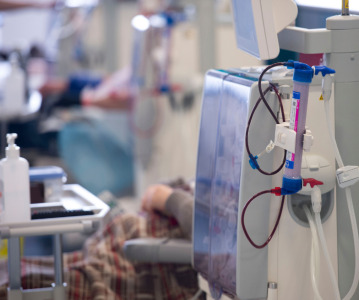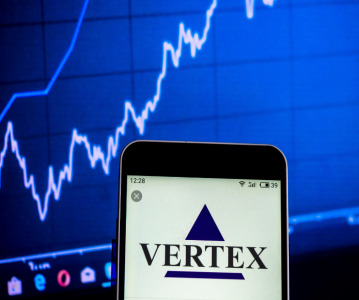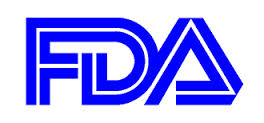Global Renal Denervation Market Turns Into Long-Term Opportunity for Medical Device Companies

The global renal denervation market will witness significant growth over the next 6 years, jumping from $15.5 million in 2012 to $171.7 million by 2019, at a Compound Annual Growth Rate (CAGR) of 41%, thanks mainly to the intervention’s expected approval in major countries, says research and consulting firm GlobalData.
The company’s latest report* states that across the 10 major markets (the US, France, Germany, Italy, Spain, UK, Japan, Brazil, China and India), only the European Union has approved the use of renal denervation. GlobalData predicts that the intervention will be given approval in all of the countries studied by the end of the forecast period.
This, along with a number of other anticipated events, is expected to drive the global procedure volume from approximately 3000 procedures in 2012 to nearly 40,000 by 2019.
Joseph Gregory, GlobalData’s Analyst covering Surgical Devices, says: “Although there has been much enthusiasm for renal denervation since its introduction to the market in 2010, the intervention has been met with considerable barriers to its adoption. As a result of this, the number of global procedure volumes has been coasting in the low thousands, which is expected to continue through 2014.”
Another reason for the low numbers is the utilisation of renal denervation in resistant hypertension only. However, this is expected to change in 2015, when the anticipated CE Mark for the heart failure indication is obtained in Europe. In addition, the uncontrolled hypertension indication is expected to be approved in the US in 2016, with a subsequent CE Mark in 2018.
Still, major market restraints will impede further adoption of renal denervation, including reimbursement and ambulatory blood pressure readings.
Gregory says: “Health insurance agencies want to see long-term clinical trial data from sophisticated studies, but the longest follow-up to date is 3 years in a nonrandomised study. In addition, the purported efficacy results from the majority of company-sponsored clinical trials have recently come into question, given the use of office-based blood pressure measurements rather than ambulatory measurements.”
Compounded with several other market barriers, such as game-changing technologies developed by competitors, renal denervation will have to bear a decade of significant scrutiny before it takes off and sees optimal adoption, according to GlobalData.
*MediPoint: Renal Denervation — Global Analysis and Market Forecasts
Related News
-
News Cassava Sciences halts Alzheimer's drug trial after limited progress
Cassava Sciences have drawn a close to their investigations and development of the drug simufilam, which they intended to be used for the treatment of Alzheimer’s disease. -
News US FDA adds haemodialysis bloodlines to devices shortage list
On March 14, 2025, the US FDA published an open letter to healthcare providers citing continuing supply disruptions of haemodialysis bloodlines, an essential component of dialysis machines. -
News Vertex Pharmaceuticals stock jumps as FDA approves non-opioid painkiller
UK-based Vertex Pharmaceuticals saw their stock shares soar as the US FDA signed off on the non-opioid painkiller Journavx, also known as suzetrigine, for patients with moderate to severe acute pain, caused by surgery, accidents, or injuries. -
News Lessons from CPHI Milan 2024: Sunny Intervals for Pharma Manufacturing?
As the 2024 CPHI conference wrapped up in Milan, we caught up with L.E.K. Consulting – a global strategy consulting firm with deep expertise in pharma manufacturing – to discuss evolving market perspectives and business outlook. -
News US BIOSECURE Act passed by US House of Representatives
The controversial act, which has already impacted several foreign companies operating in the US, was passed by the House of Representatives on September 9, 2024. It is now headed for the US Senate before it can be signed into law by President Joe Biden... -
News Pharmaceutical Supply Chain People Moves
The latest appointments, promotions, and structural changes across the pharmaceutical supply chain. -
News Drug prices agreed upon as part of the US Inflation Reduction Act
The Inflation Reduction Act brought into constitution by the Biden administation in 2022, which proposed a drug price negotiation between the government and pharmaceutical companies, has reached it's first agreement. -
News BIOSECURE Act continues to loom over Chinese pharma manufacturers
With the US BIOSECURE Act on its way to passing into legislation, Chinese companies are facing declining revenues within the first half of 2024 as US pharmaceutical and healthcare companies pull their businesses from the country.
Recently Visited
Position your company at the heart of the global Pharma industry with a CPHI Online membership
-
Your products and solutions visible to thousands of visitors within the largest Pharma marketplace
-
Generate high-quality, engaged leads for your business, all year round
-
Promote your business as the industry’s thought-leader by hosting your reports, brochures and videos within your profile
-
Your company’s profile boosted at all participating CPHI events
-
An easy-to-use platform with a detailed dashboard showing your leads and performance







.png)





